What is Composting?
If you’re totally new to composting, here’s a brief description of what compost is, how it’s produced, and why you should be composting.
This article is the first in an ongoing series about composting. In each consecutive post I’ll dig even deeper into the details of this organic gardening method and how you can make composting an everyday part of your homesteading routine.
What is Compost?
First off, let’s define compost. Wikipedia describes compost and the process of creating compost as:
Compost (/ˈkɒmpɒst/ or /ˈkɒmpoʊst/) is made by decomposing organic materials into simpler organic and inorganic compounds in a process called composting. This process recycles various organic materials otherwise regarded as waste products. A good compost is rich in plant nutrients and beneficial organisms.
For a home gardener, this process uses items such as kitchen scraps, lawn clippings, leaves and other organic matter and turns it into a nutritious soil amendment for the garden. It’s often referred to as Black Gold because it’s so precious to plant growth and health.
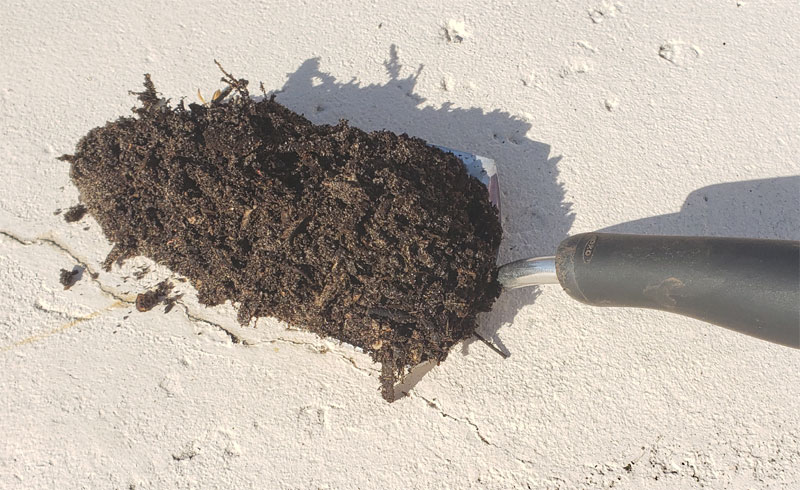
What Is Compost Made of?
Compost is made up of several ingredients: carbon, nitrogen, oxygen, water, microorganisms such as bacteria, fungi, insects and worms.
What are Greens and Browns?
You often hear people refer to greens and browns and what the proper ratio should be in a compost bin. So, what does that really mean?
Greens are nitrogen-rich and/or high-protein plant materials. They are often moist or green in color, though not always.
Examples of Greens you can use include:
- Vegetable and fruit scraps from your kitchen
- Untreated lawn clippings
- Coffee grounds and tea bags
- Plant trimmings that are not diseased
- Egg shells
- Manure from herbivore animals such as rabbit, cattle, sheep, or chickens (even though chickens are omnivores,)
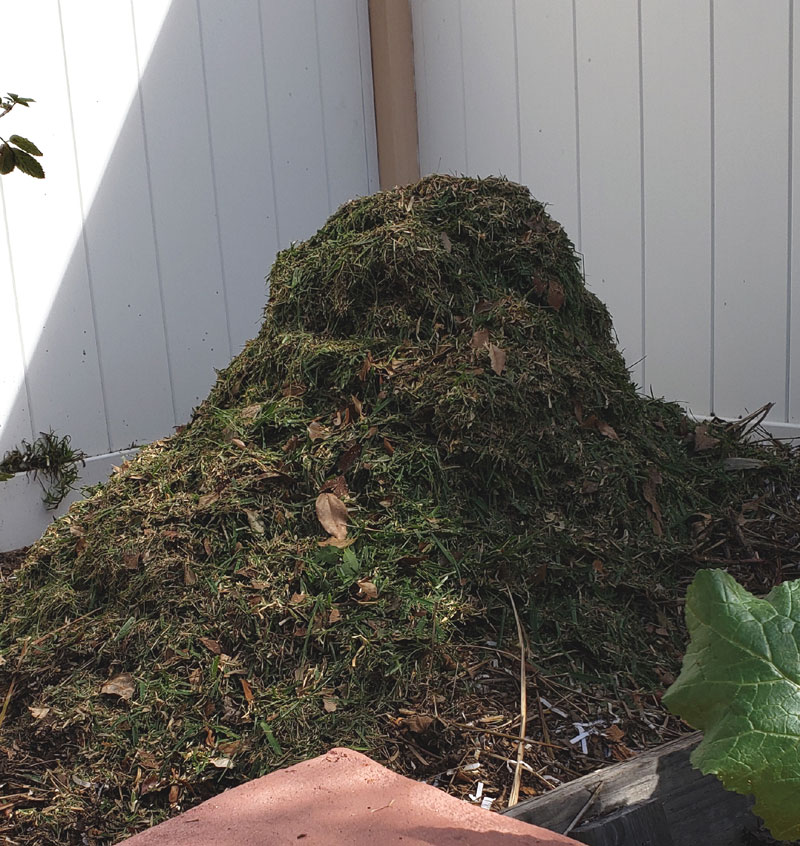
Browns are carbon and carbohydrate-rich materials, usually dry in texture. They are often brown in color, or look like dead or dying plants.
Examples of Browns you can use include:
- Tree leaves
- Pine needles
- Tree and shrub branches, wood chips
- Dry hay, straw, or corn husks
- Paper such as printer paper, paper plates, coffee filters, corrugated cardboard without tape or wax
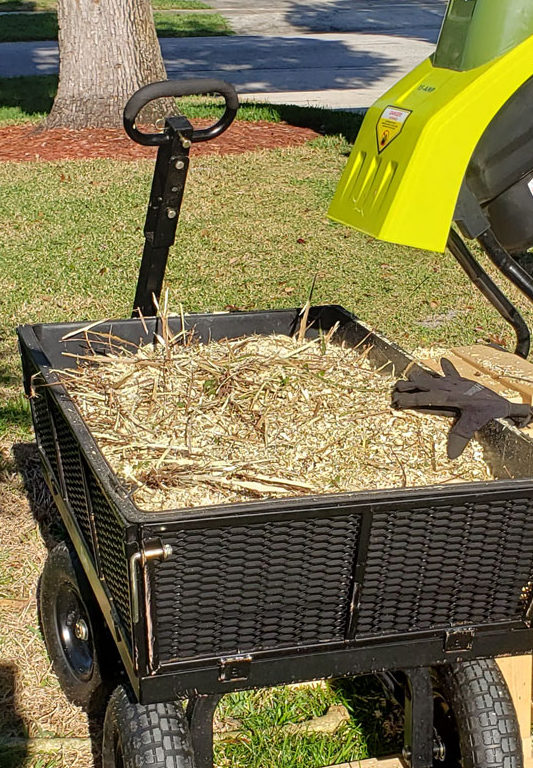
Examples of things you should not use in a home compost:
- Meat, dairy, and animal fats
- Large amounts of citrus
- Weeds
- Cooked foods
- Cat and dog manure
Correct Ratio of Greens to Browns
A composting ratio is simply the ratio of high-nitrogen plant material (greens) to high-carbon plant material (browns). Most organic matter contains both, but some will be much higher of one or the other. The correct balance will create a light, fluffy humus with a pleasant smell. It will be moist, but not wet.
I’ve seen several numbers used in these ratios from various sources. Most professional sources cite a ratio of 25-30 parts carbon to 1 part nitrogen.
This does not mean, for instance 25 cups of wood chips to 1 cup of lawn clippings. The ratio is based on the quantity of elements (nitrogen & carbon) in the plants, not the volume of the plants containing those elements. Visually, this is usually about 3-4 parts carbon to 1 part nitrogen. For example, 3 parts wood chips to one part lawn clippings, or 3 parts shredded paper to one part kitchen scraps.
Planetnatural.com provides a great chart with estimated carbon and nitrogen ratio of various items you’d put in a compost pile. Once you start working with greens and browns, you’ll get a feel for the proper balance. The smell, texture and moisture level of your compost pile will also reveal how balanced the mixture is.
What about those other Ingredients?
Oxygen and water help break down the organic material. Turning the compost occasionally creates good air flow. Compost should be damp, but not wet.
Temperature is also important. A hotter temperature around 130° – 140° Fahrenheit will break down materials faster. If your compost stays cooler, it will still break down, but just more slowly.
Microorganisms such as bacteria, fungi, insects and worms will be most present when the compost is at its optimal levels of air, moisture, and temperature.
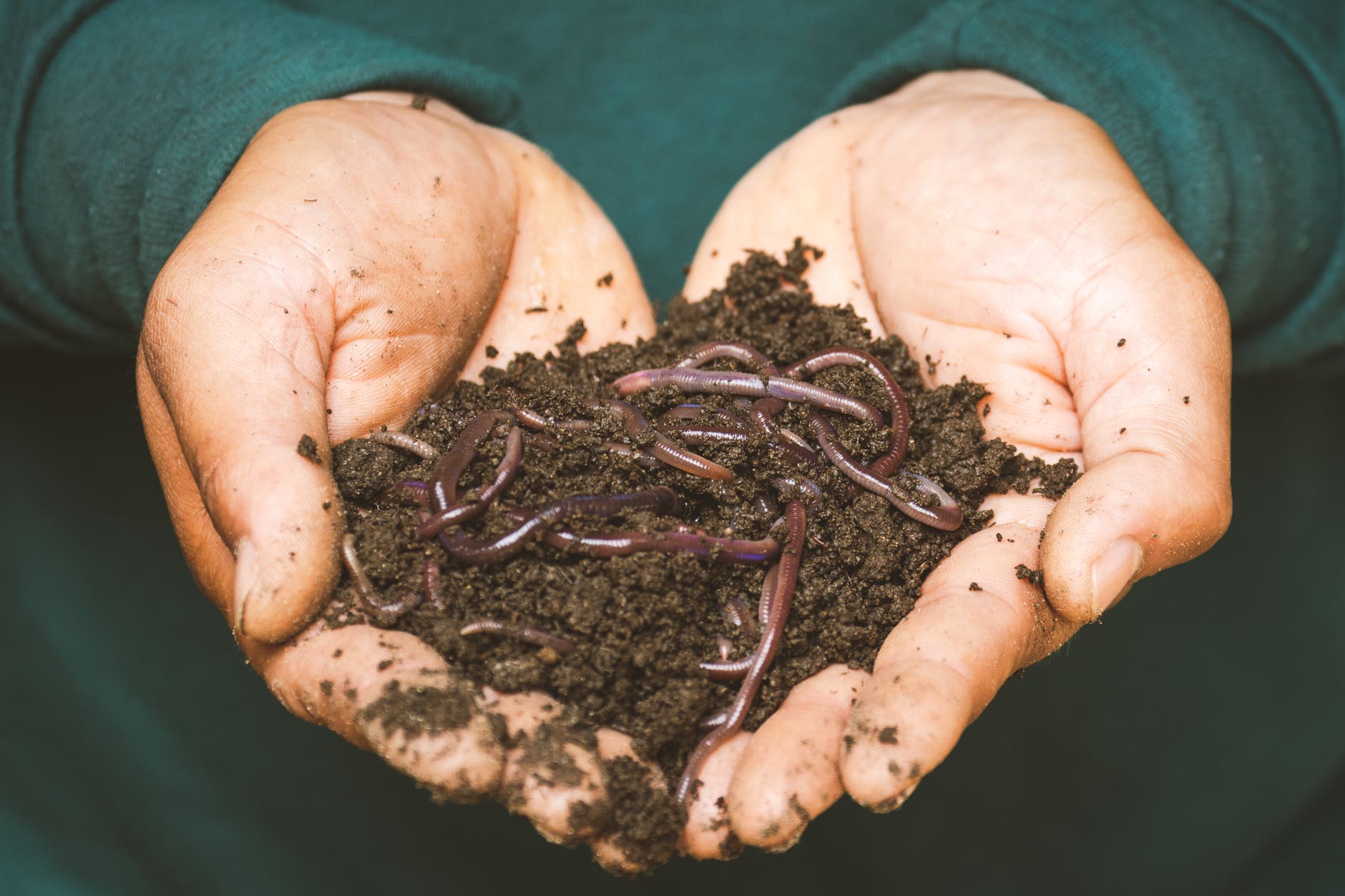
Why Should You Compost?
Here are some of the best reasons you should compost:
- Reduces kitchen and yard waste going to a landfill. (lowers your carbon footprint)
- Enriches your garden soil by adding nutrients and microorganisms.
- Helps your soil hold water.
- Reduces the need for chemical fertilizers.
I compost for all these reasons. Composting is a part of my daily routine just like brushing my teeth or emptying the dishwasher. Feeding my compost pile is similar to feeding my sourdough starter. It only takes a few minutes each day to feed the compost. It bakes in the sun and rain, then my garden plants get to eat the results.
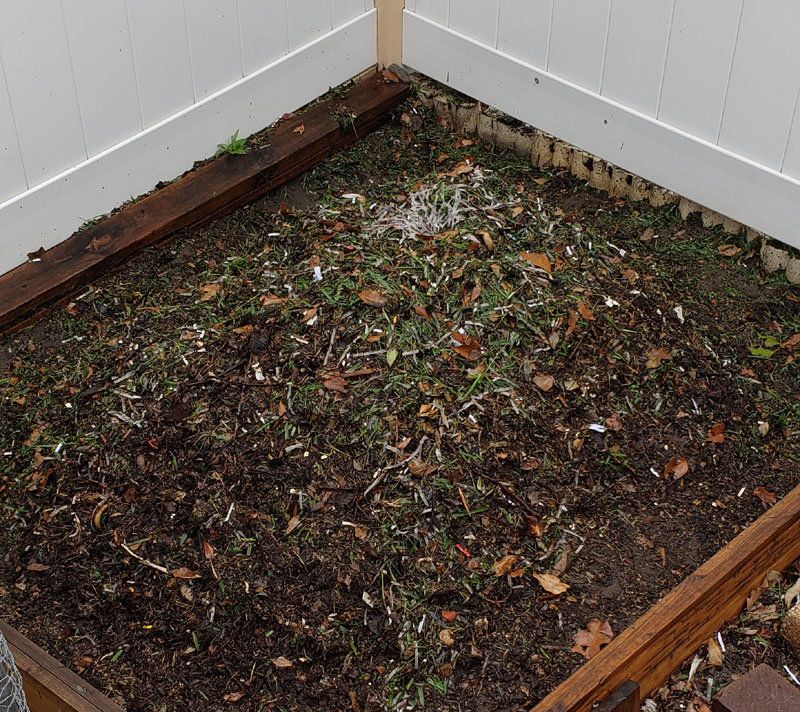
In Summary:
Composting is the natural process of breaking down of organic materials. We can facilitate this process by correctly balancing the materials used based on a carbon to nitrogen ratio. It’s a win-win for your garden and for the environment.
I hope that if you haven’t started composting yet, I’ve given you inspiration to start. Here are some additional sources to inspire you:
- Composting for a New Generation by Michelle Balz – a great beginners composting guide.
- New Vegetable Gardener – Compost and Composting – A UF-IFAS blog post about composting in a Florida-Friendly landscape.
- EPA recommendations for composting at home.
- Organic Gardener’s Composting by Steve Solomon. A highly detailed book on the composting process.
My next post in this series will be how I started composting in my back yard. Creating an outdoor compost pile in a corner of your garden is one of the easiest ways to get started.
If you have any questions, please leave a comment below, or you can email me at: admin@ourfrugalfloridahomestead.com
Thanks, and happy composting!
Alisa
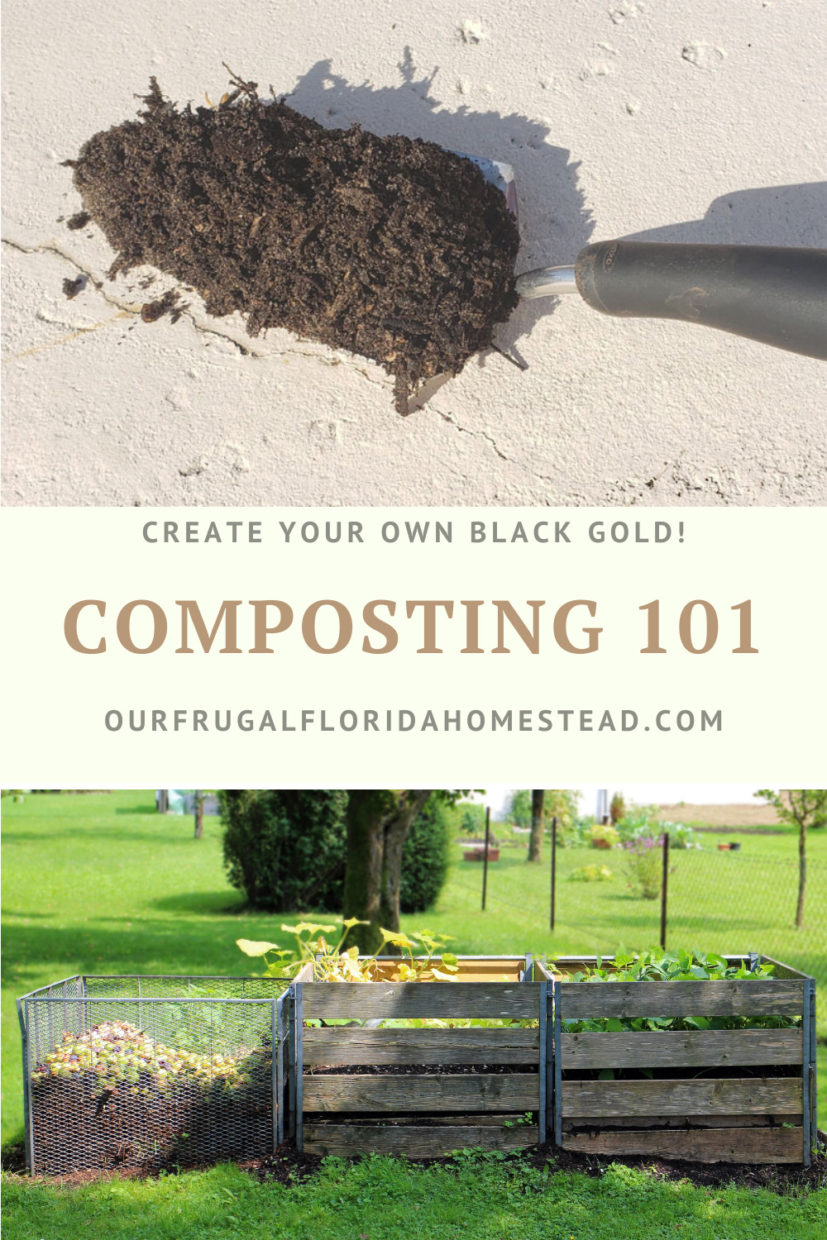
[…] Composting is easy to do and is practiced by many, if not most, homesteaders. This simple act of taking biological waste such as food scraps, yard waste, and paper and turning it into a nutrient-rich fertilizer for the soil has many benefits including: […]